Black holes are the most mysterious cosmic objects that NASA has ever studied. The most intriguing thing about a black hole is that gravity and spacetime are so strong in it that even light can't escape. Recently, scientists have created simulated black holes to help their understanding of the phenomenon. The black hole analog replicates the theoretical radiation emitted by the real thing, as per Science Alert and can help scientists study the black hole in actual detail.
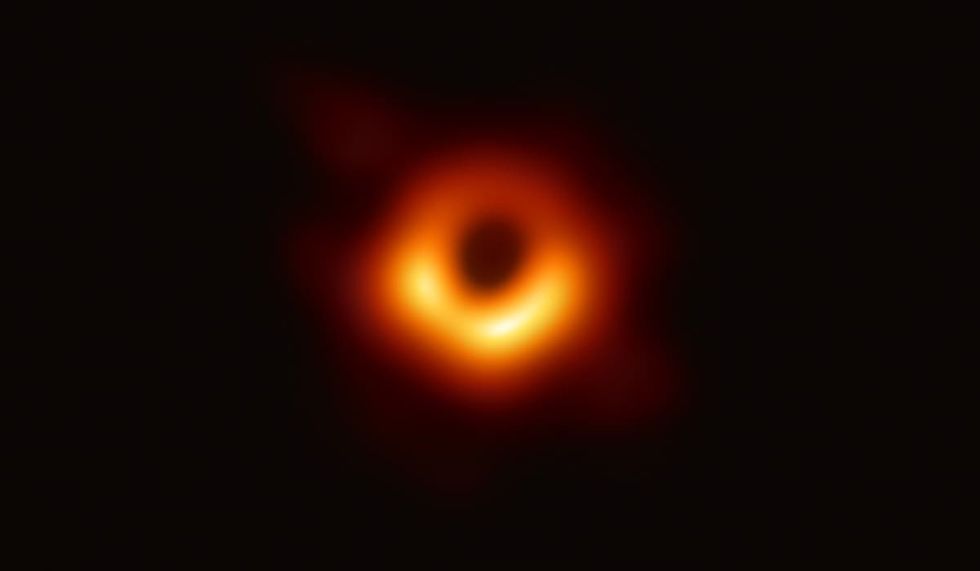
These scientists have used a chain of atoms in a single file to simulate the event horizon of a black hole and experienced what is known as the "Hawking radiation." The phenomenon can be described as particles born from disturbances in the quantum fluctuations caused by the black hole's break in spacetime.
The researchers believe that the simulation can help resolve the friction between two conflicting frameworks that describe the universe i.e. the general theory of relativity and quantum mechanics. The general theory of relativity, also known as Einstein's theory of relativity, describes the behavior of gravity as a continuous field known as spacetime. Quantum mechanics describes the behavior of particles using the mathematics of probability.
For a unified theory of quantum gravity that can be applied universally the relation between these two theories needs to be found first. Black holes may be the answer to the question. At a certain distance from the black hole's center, even the speed of light can't escape due to the incredible density. This distance that varies based on the mass of the black hole's center is known as the event horizon. What happens when something enters a black hole's event horizon is unknown. However, in 1974, Stephen Hawking said that the interruptions to quantum fluctuations caused by the event horizon of a black hole are quite similar to thermal radiation.
As per Hawking radiation, if a black hole loses more mass than it gains, it will eventually vanish. It is the theoretical black hole radiation that states that a smaller black hole is hotter than a larger one. The Hawking radiation, even if it exists, is too faint to be detected. However, the theoretically made black hole analogs can help us learn some things about the behavior of a black hole in a laboratory. Several simulations have been created before, but now one led by Lotte Mertens from the University of Amsterdam in the Netherlands has done something different.
They tried to analyze the properties of Hawking radiation and were quite surprised when the black hole analog started to glow. Hawking radiation is an odd phenomenon as it causes the black hole to glow while the event horizon of a black hole is supposed to be an area from which even light cannot escape. The team also observed that the glow or the Hawking radiation occurred only when a part of the chain extended beyond the event horizon. This shows that an entanglement of particles in the event horizon is necessary to create the radiation. "This can open a venue for exploring fundamental quantum-mechanical aspects alongside gravity and curved spacetimes in various condensed matter settings," the researchers wrote in the Physical Review Research.
This article originally appeared 7 months ago.





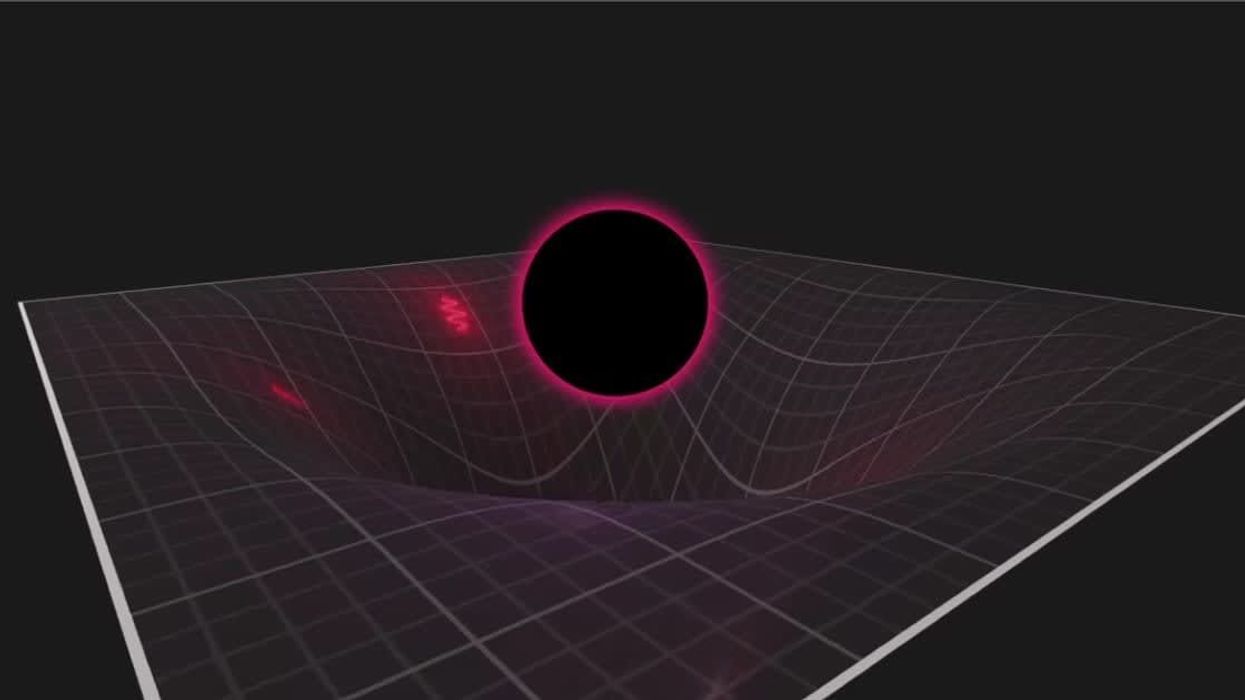












 A symbol for organ donation.Image via
A symbol for organ donation.Image via 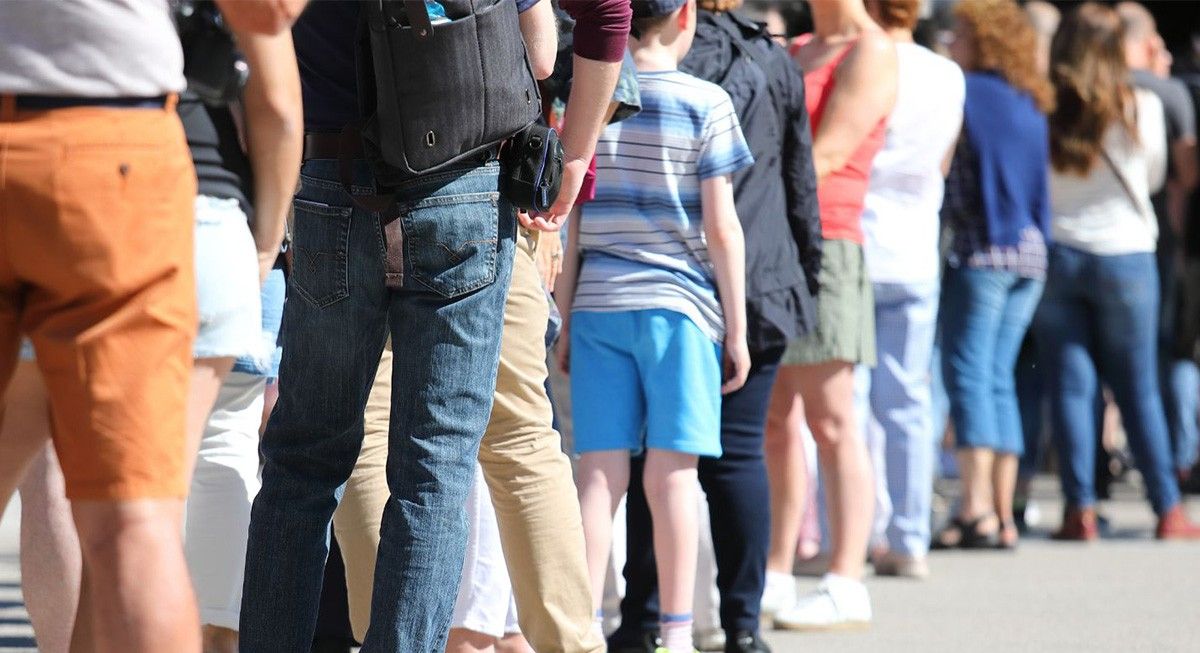 A line of people.Image via
A line of people.Image via  "You get a second chance."
"You get a second chance." 
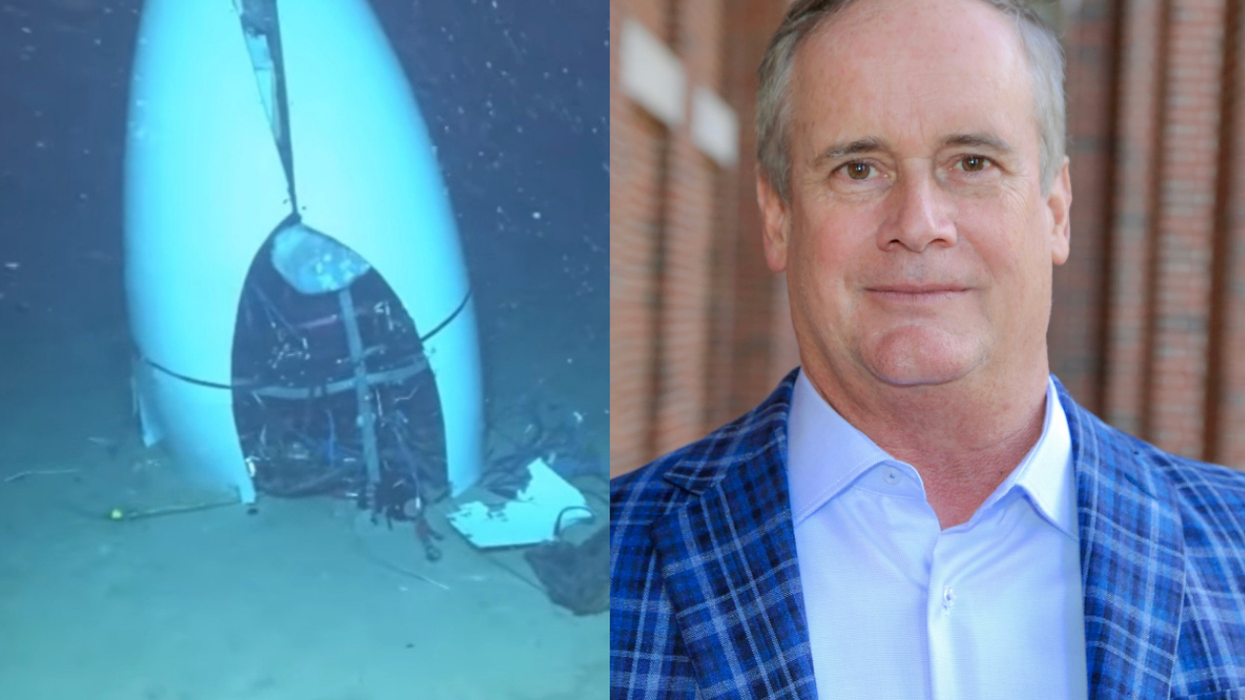

 36 is the magic number.
36 is the magic number. According to one respondendant things "feel more in place".
According to one respondendant things "feel more in place". 
 Some plastic containers.Representational Image Source: Pexels I Photo by Nataliya Vaitkevich
Some plastic containers.Representational Image Source: Pexels I Photo by Nataliya Vaitkevich Man with a plastic container.Representative Image Source: Pexels | Kampus Production
Man with a plastic container.Representative Image Source: Pexels | Kampus Production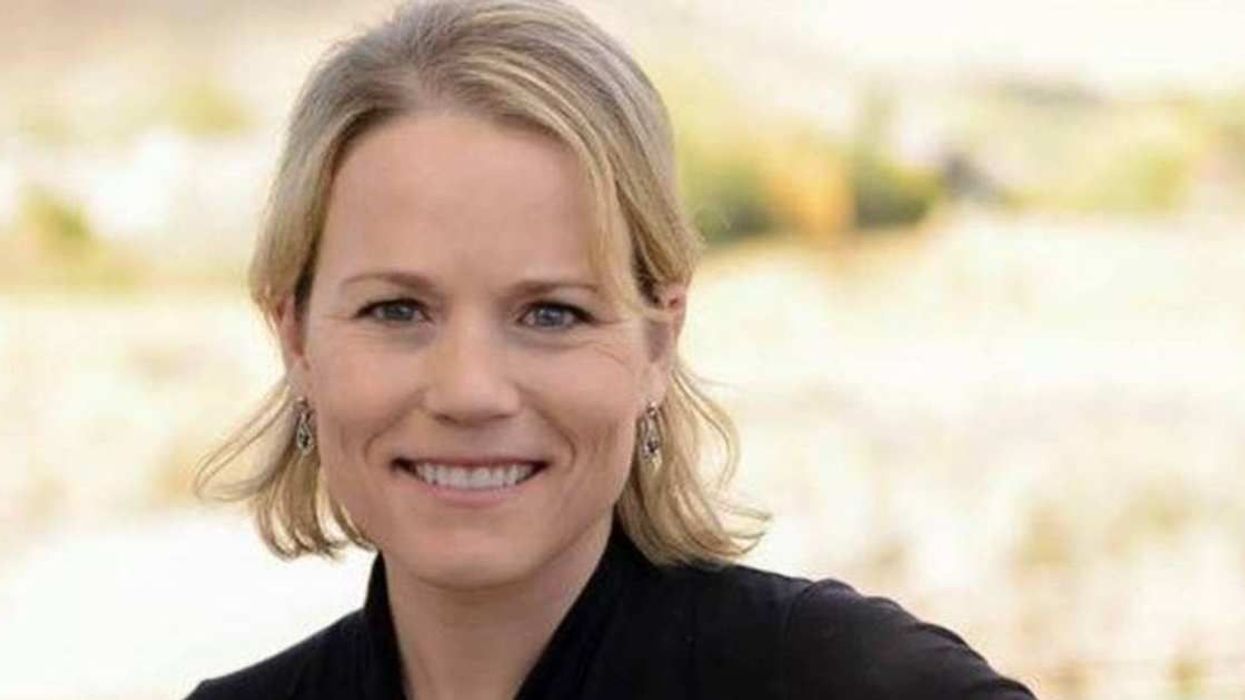
 Canva
Canva It's easy to let little things go undone. Canva
It's easy to let little things go undone. Canva
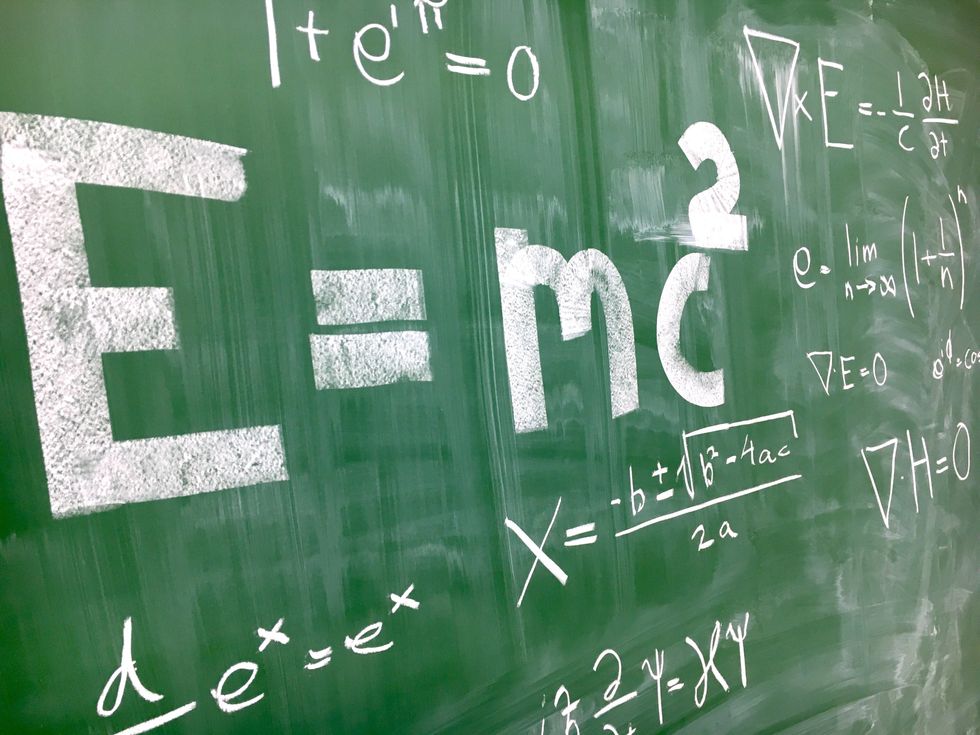 Photo by
Photo by 
 Teens are waiting longer than at any point in the survey’s history. Canva
Teens are waiting longer than at any point in the survey’s history. Canva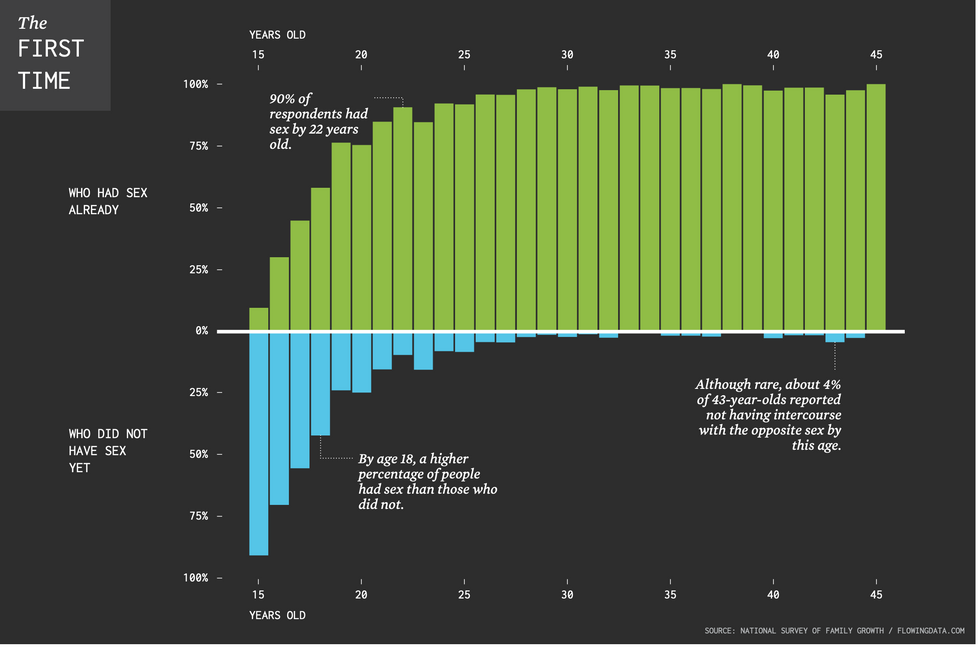 Chart on the age of a person’s first time having sex.National Survey of Family Growth/flowing data.com | Chart on the age of a person’s first time having sex.
Chart on the age of a person’s first time having sex.National Survey of Family Growth/flowing data.com | Chart on the age of a person’s first time having sex.